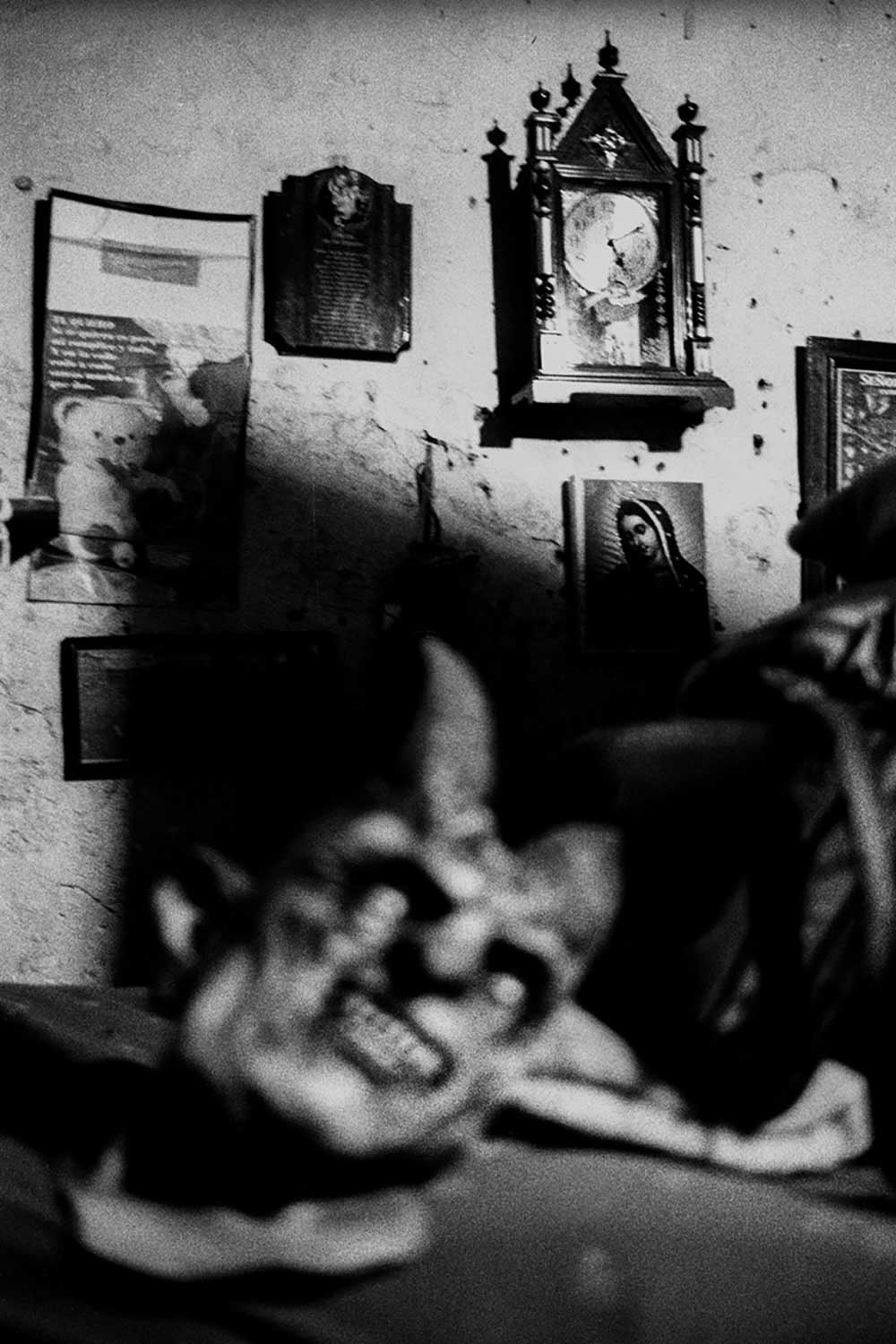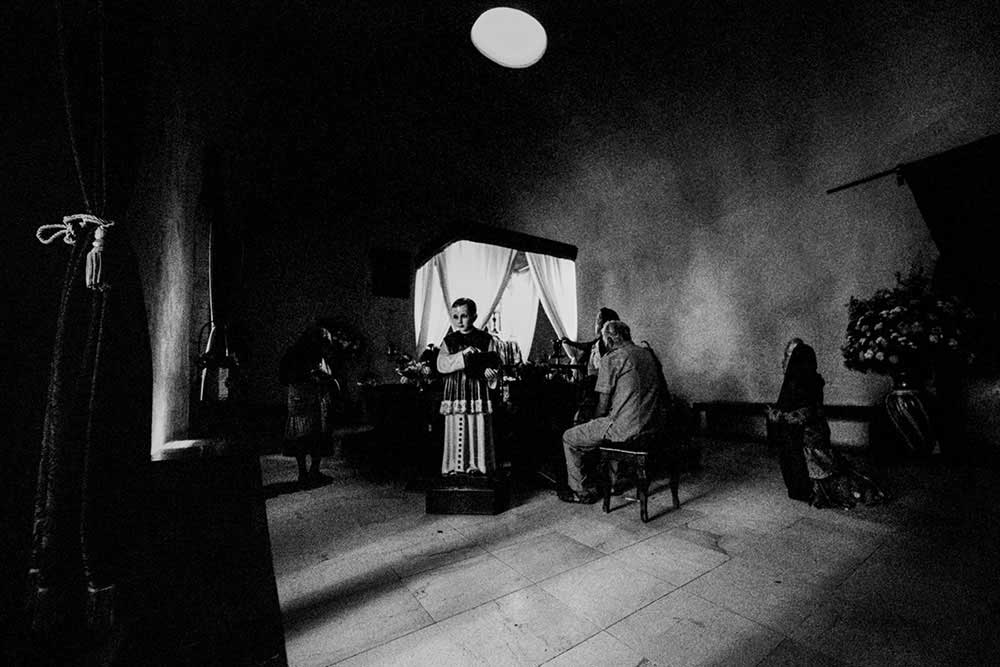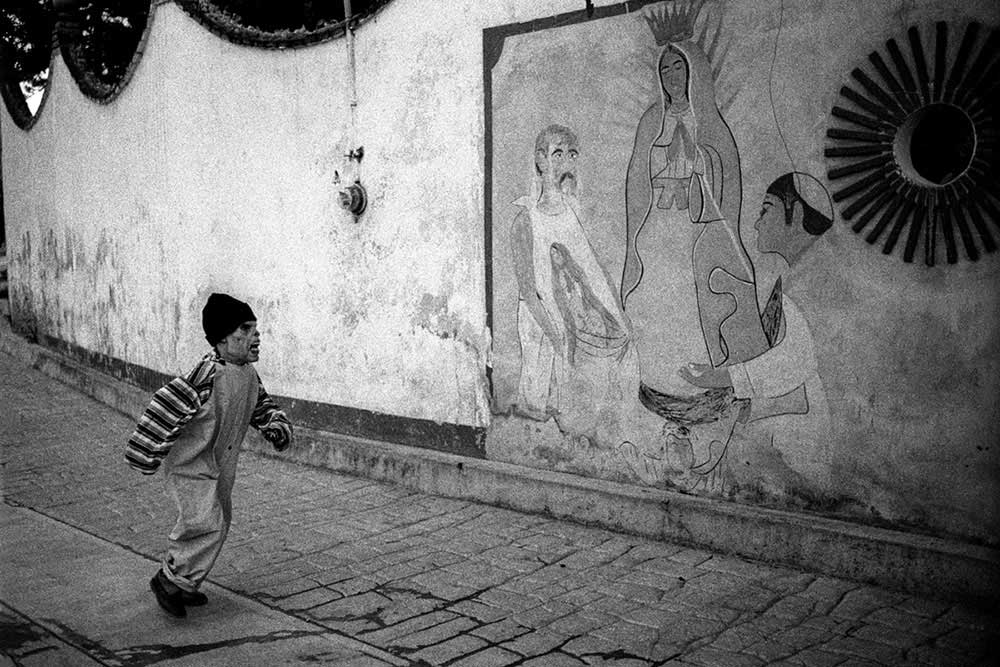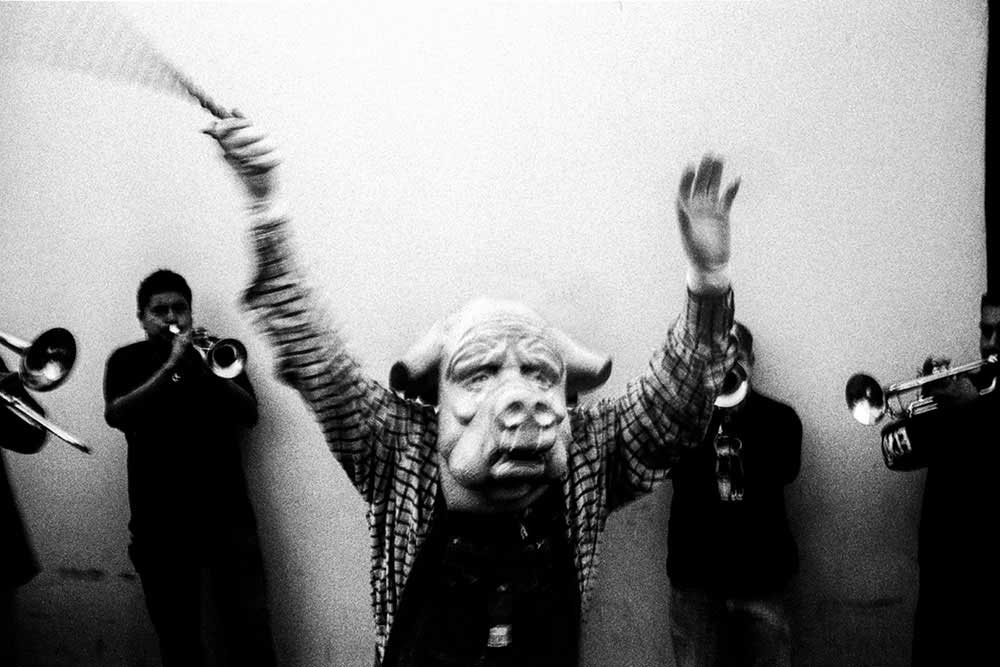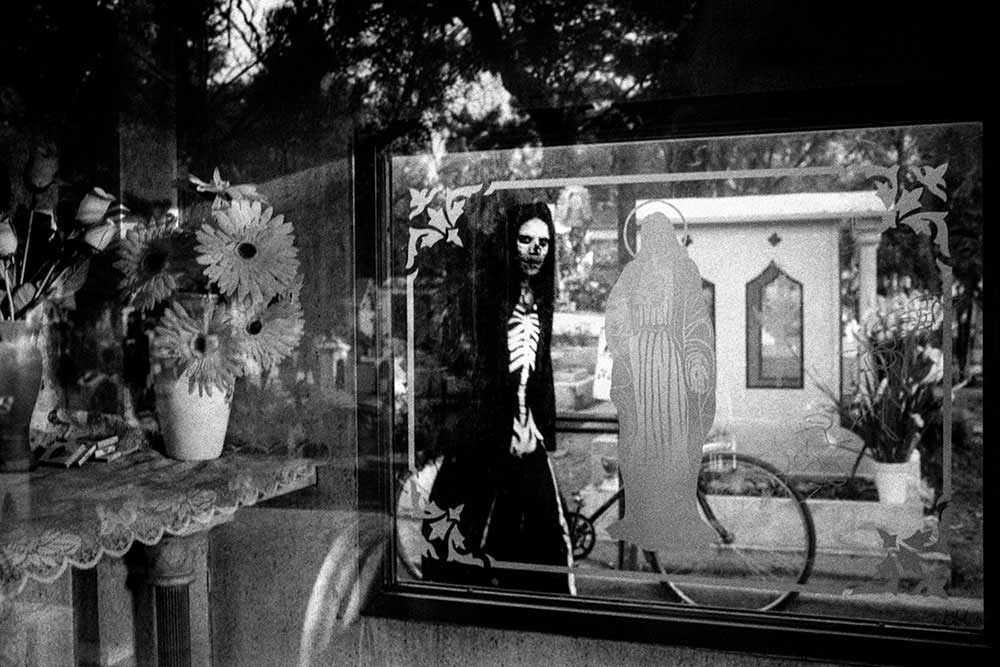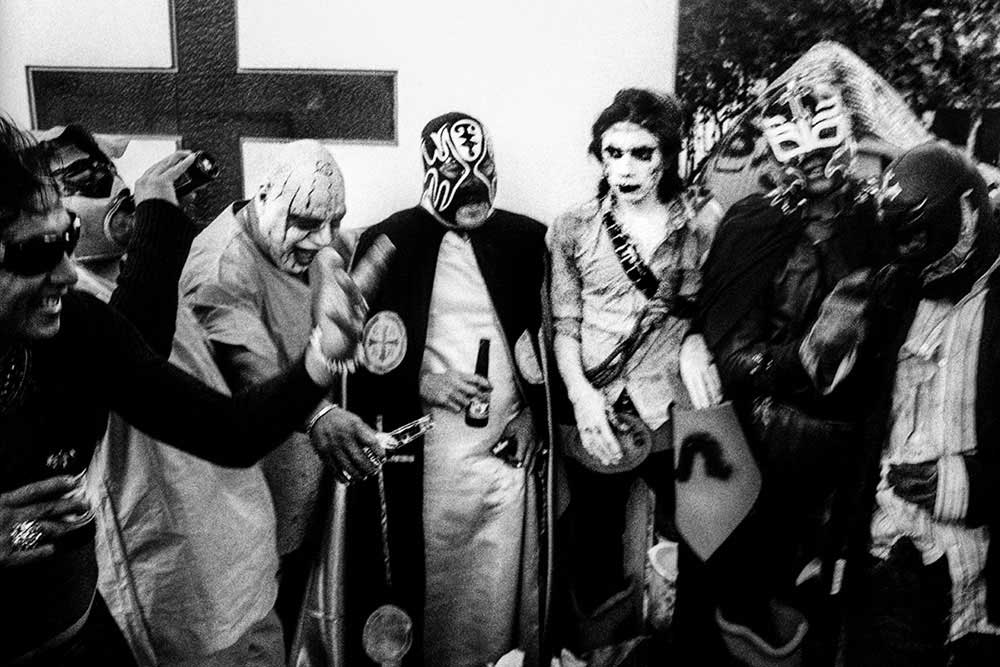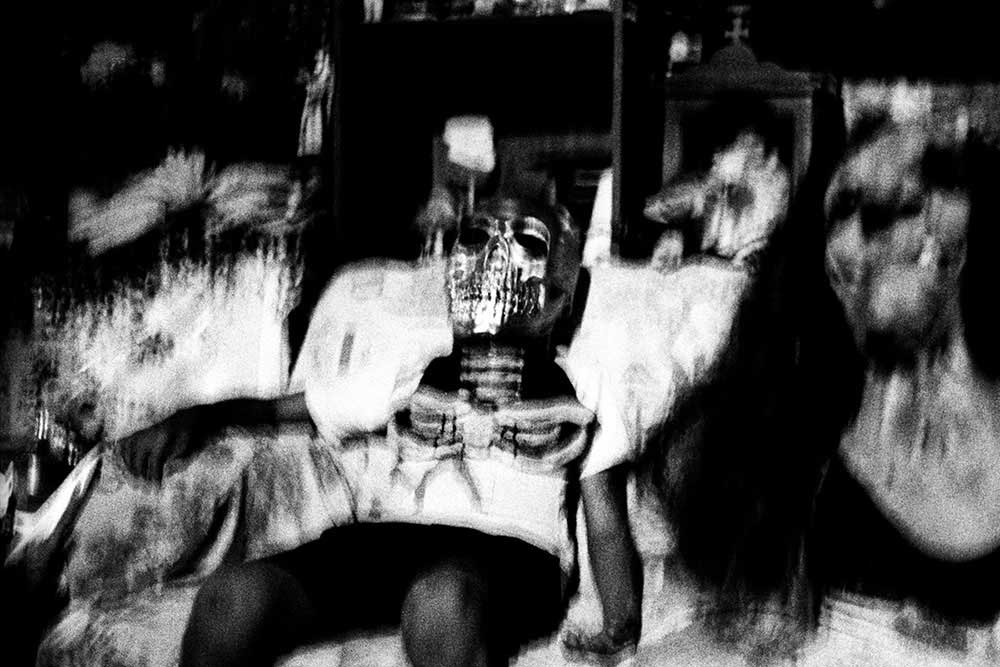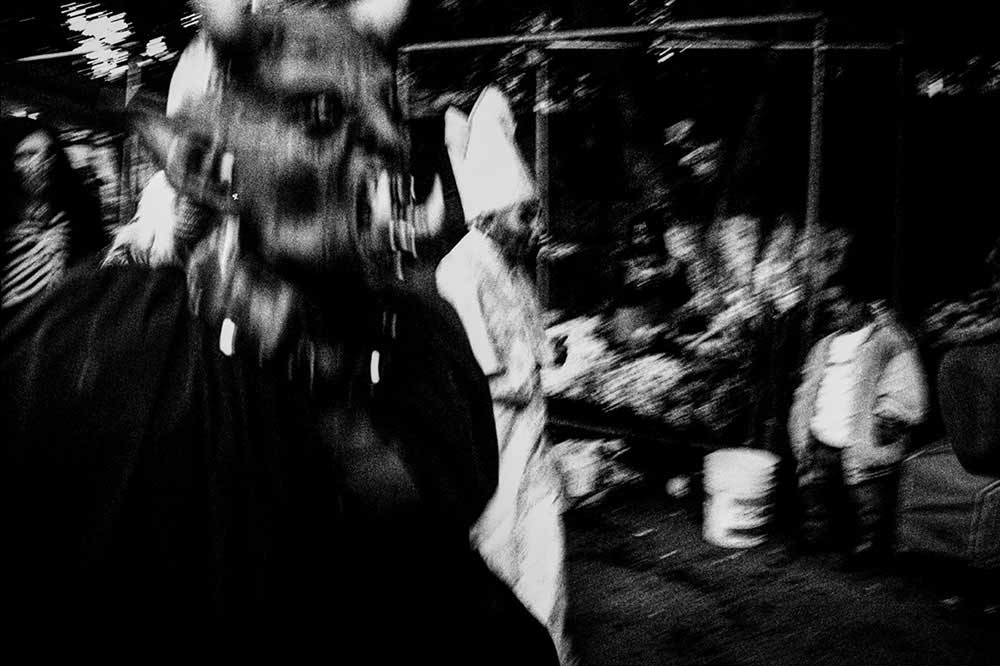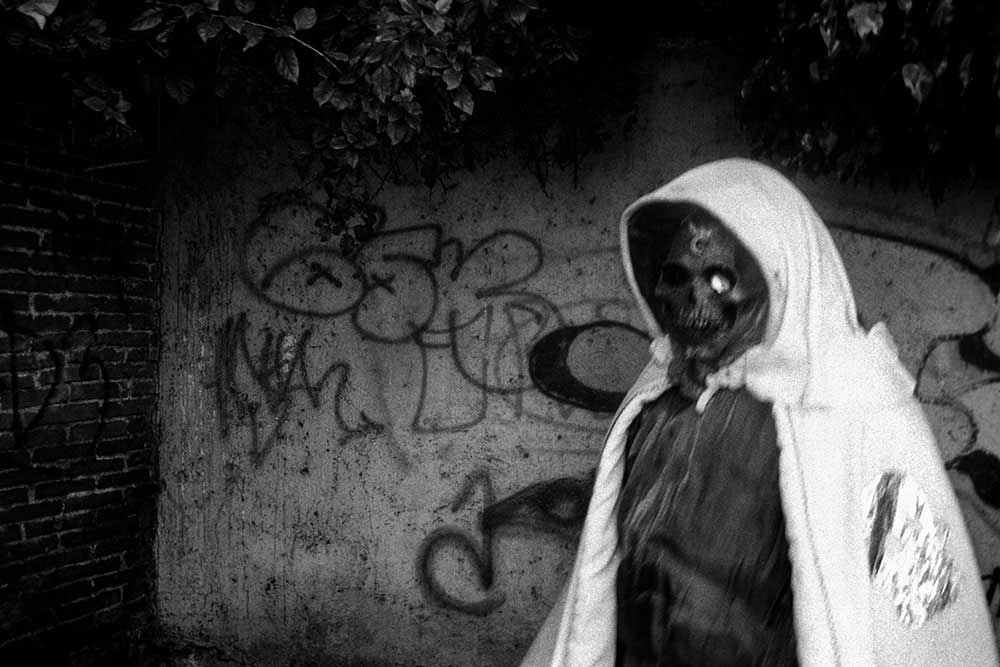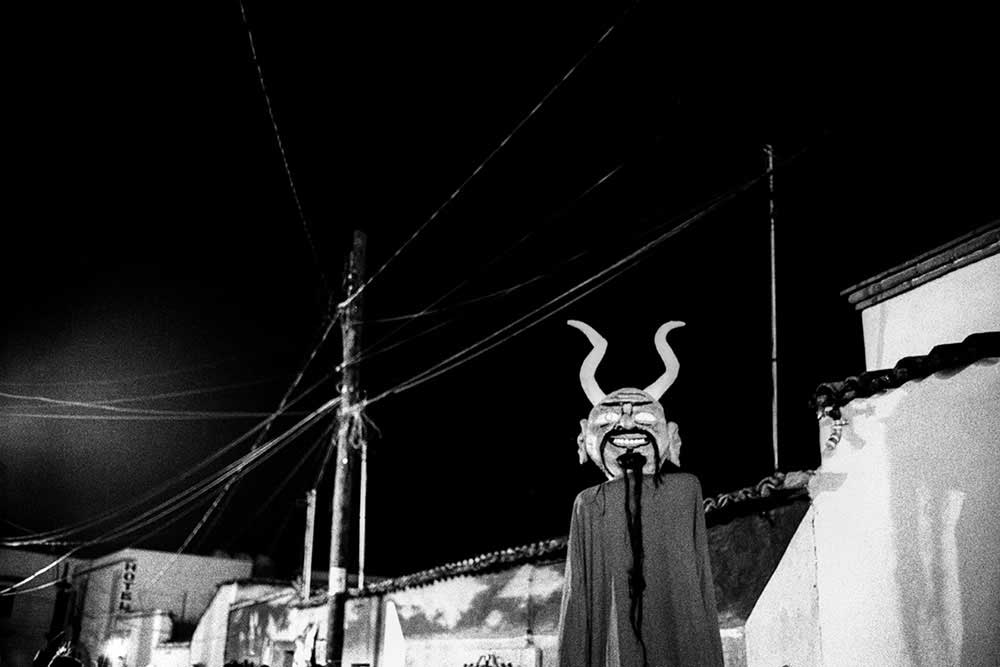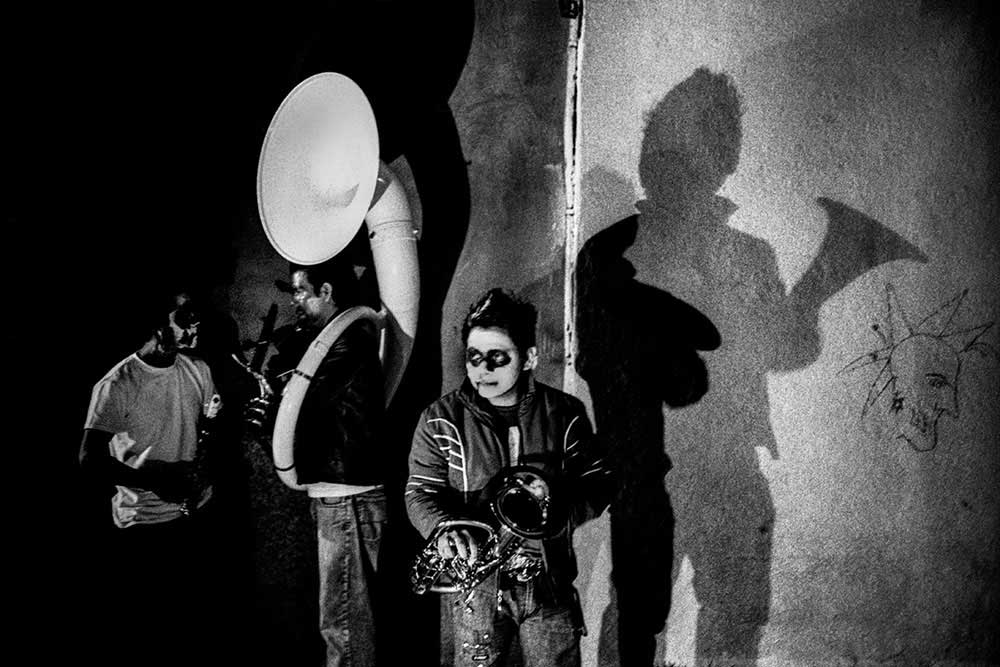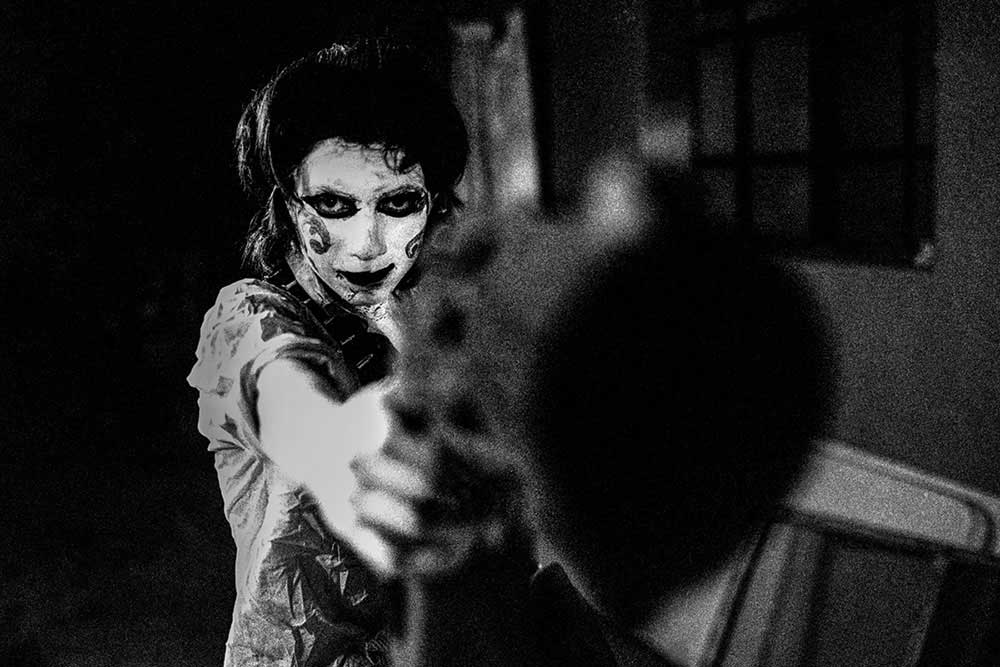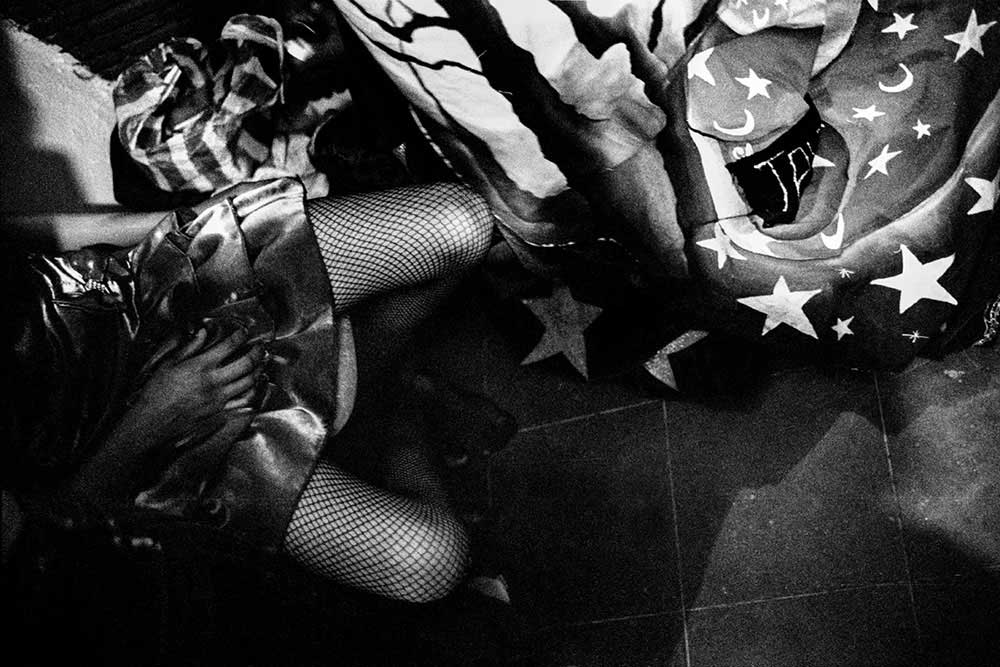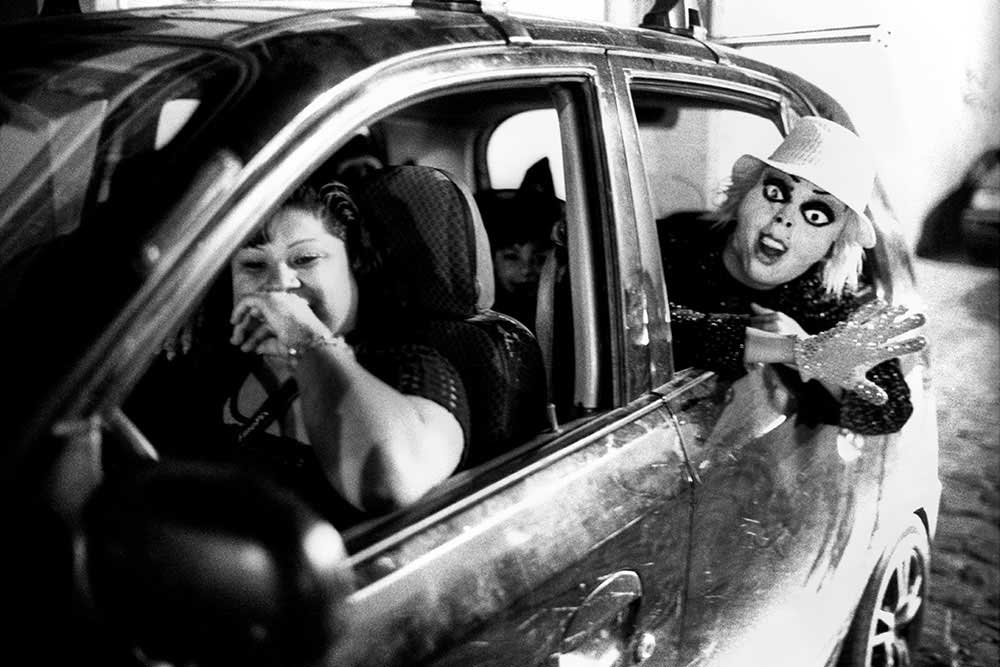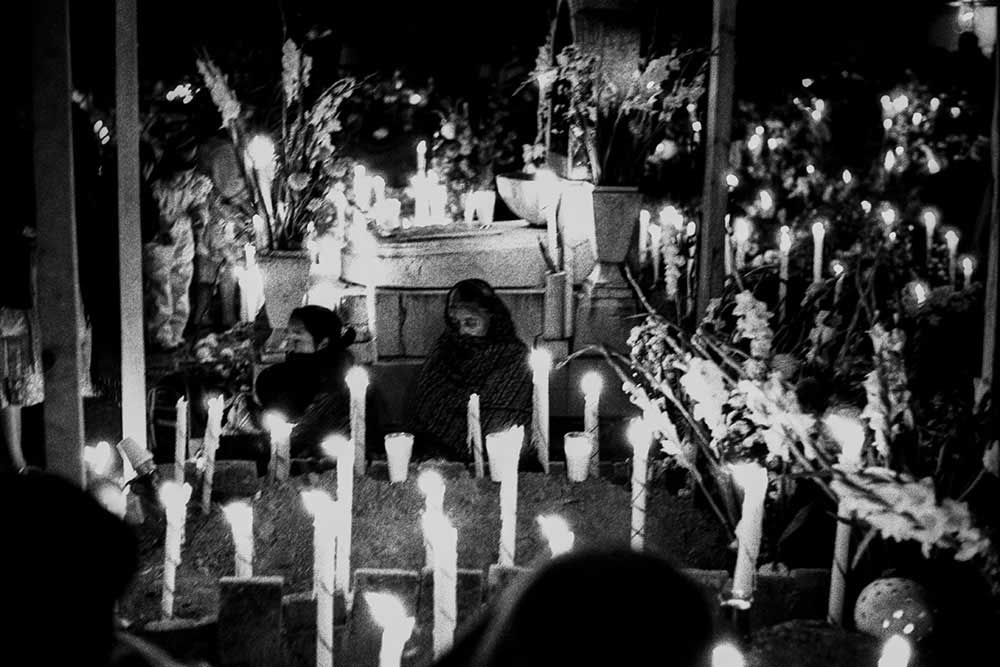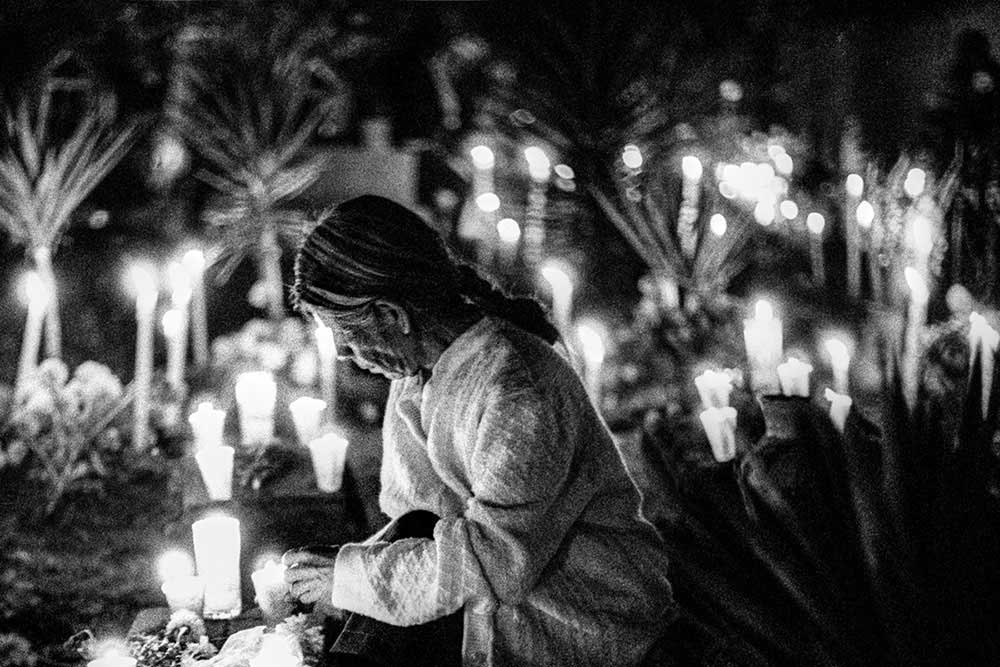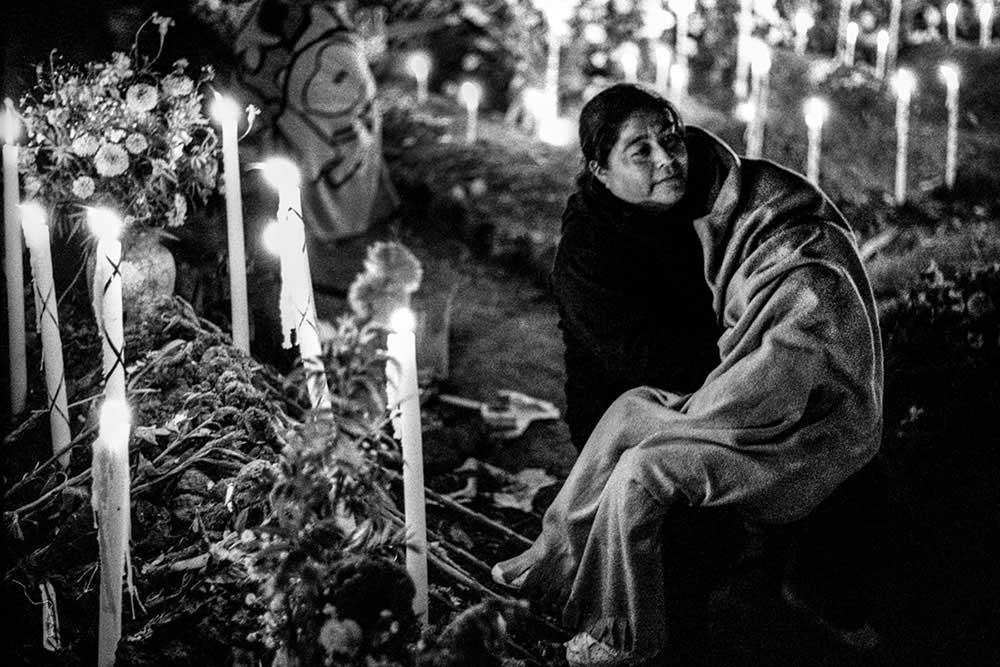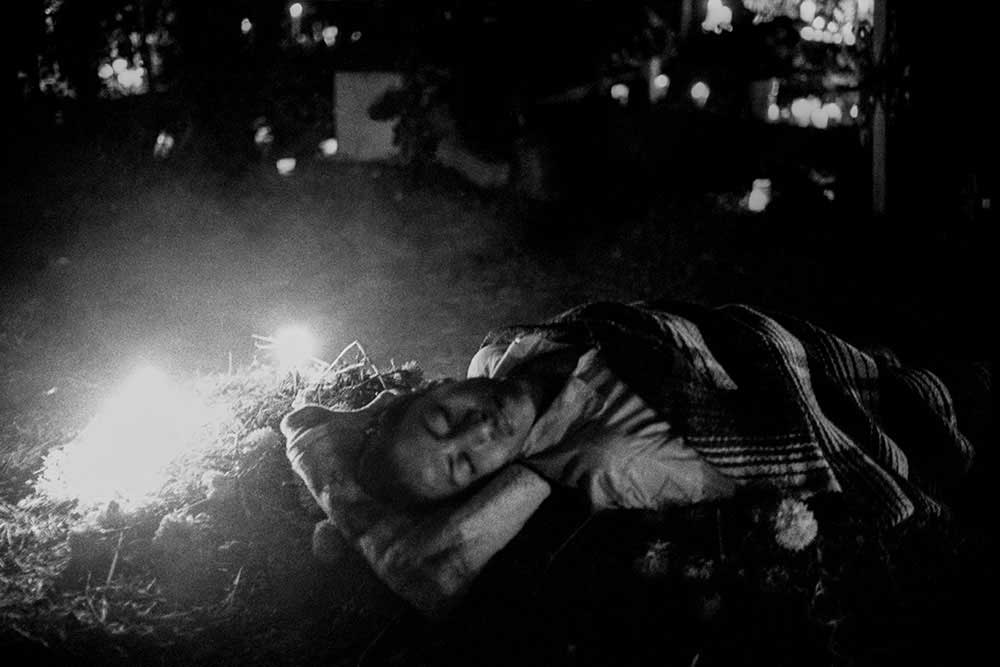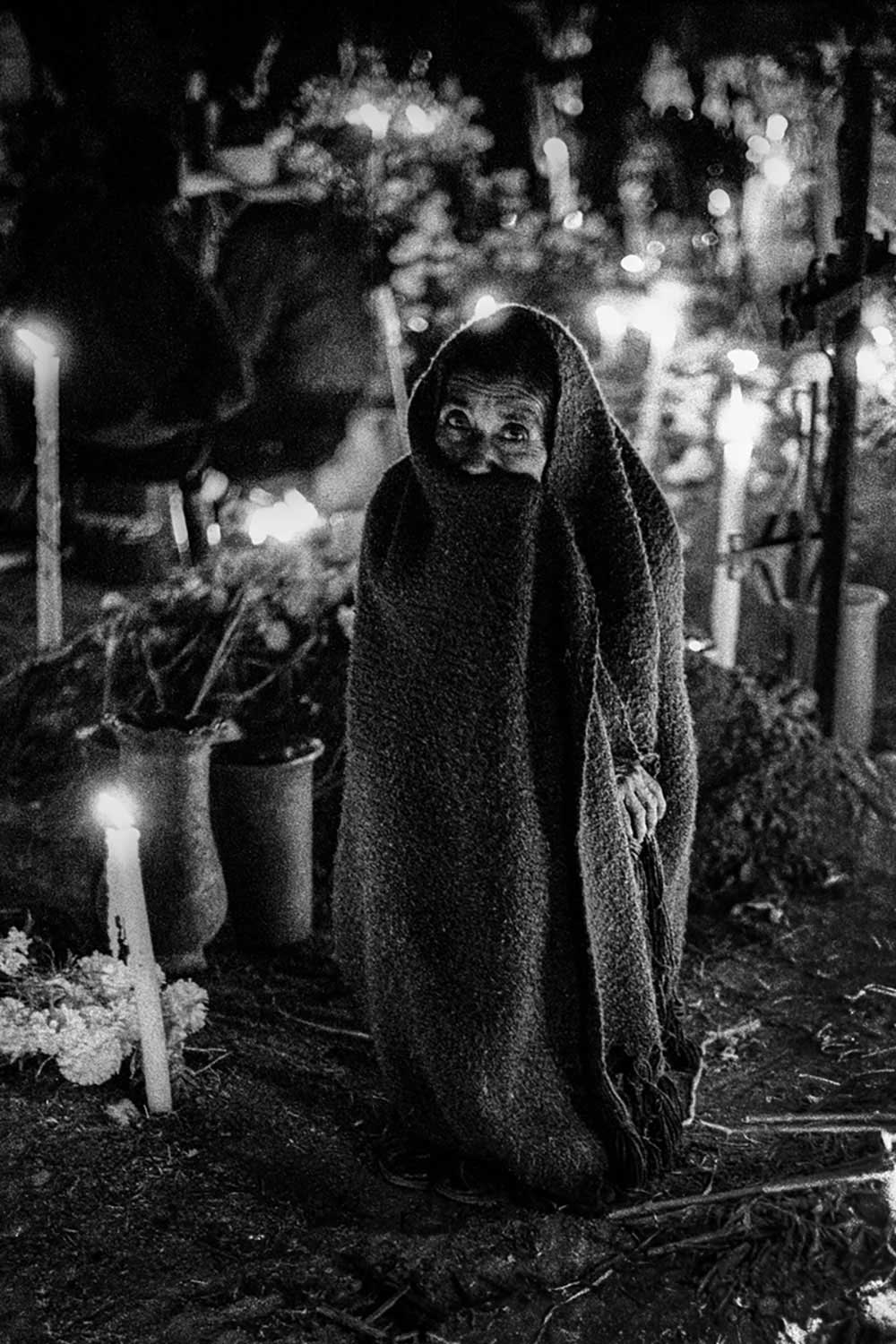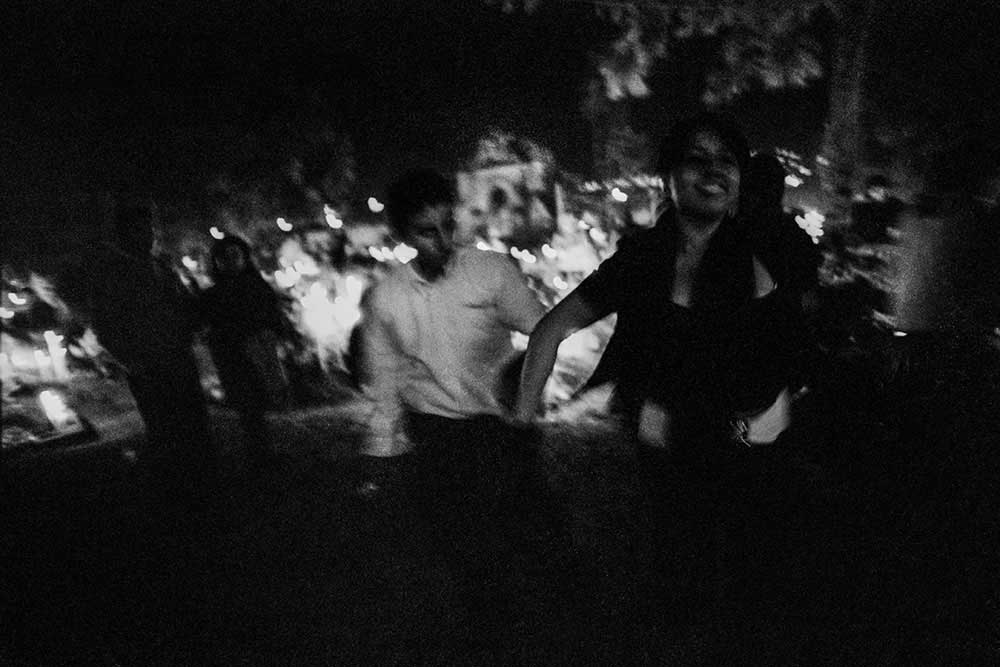Praying seems to be the last of thoughts in Mexico, where mourning is exhibited with sounds, costumes, music, dances, colors but also with disturbing masks and presences as if to make fear and restlessness familiar and friendly.
On the day of the Dead, cemeteries are an explosion of life. Sacred and profane, just as life and death touch each other, until they coincide. In pre-Columbian civilizations the idea of death was connected to the concept of rebirth, an alternation that guaranteed the cosmic order and therefore a fundamental and necessary passage. The Spaniards and the Church resolved the issue by relegating it to the “pagan rites” category. To hide, or worse.
But tradition is stronger than anything and wants that, in the Dìa de los muertos – in fact, the events go from October 31 to November 2 -, the deceased return from the underworld to embrace friends and relatives. So why be sad?
The cemeteries become meeting places, decorated, full of food and drinks, so that the dear extinct who returns, can refresh and feel at home. There are those who light candles (there is a point of light everywhere), those who spend the whole night on the tombs, eating, talking, playing, dressing up, parading in processions with carnival masks.
Exorcising death with fun and joy is a constant in pre-Columbian cultures, but not only. After all, it is said so: to die laughing. It is not a symptom of lightness, but the proof that man laughs to ward off death. Death, not the dead. Which are closer than ever. As the poet Paul Claudel wrote:
“Death does not exist …
I just went to the next house
what I have been for you
I always will be.
Call me as you always called me
Talk to me like you’ve always done
Don’t use a different tone,
do not look solemn or sad
Keep laughing at it
we laughed together …
Life remains what it has always been
The thread is not cut
Why would I be away from you?
Maybe because you don’t see me anymore?
No, I’m not far.
I am just across the street. “
[Text by Luca Cardinalini, RAI journalist]
About Giuseppe Cardoni
Lives in Umbria,Italy. Engineer, he prefers B/W reportage. He is co-author, with the RAI journalist Luca Cardinalini of the photographic book “STTL La terra ti sia lieve” (Ed. DeriveApprodi/Roma, 2006). With Luigi Loretoni, he published in 2008 the photo book “Miserere” (Ed. L’ArteGrafica), in 2011 “Gubbio, I Ceri” (Ed. L’Arte Grafica) and in 2014 “Kovilj” (Ed. L’ArteGrafica). Also in 2014 he published “Boxing Notes”(Edizionibam) reportage on the world of boxing. He has dedicated himself for some years to the photography of musical events, he is co-author of the book “I colori del Jazz” (Federico Motta Editore, 2010) and in 2019 he has published the photo book “Jazz Notes” (BAM Stampa Fine Art by Antonio Manta), a personal intimate point of view on jazz athmospheres. He has exibited his work in numerous solo and group exibitions in Italy and abroad. Award winner or finalist in many national and international competitions (has achieved these personal results in more than forty contests over the past three years).
In my case, photography is born from the need to express a part of myself by correlating my inner life with reality. I seek moments of life to be interpreted and told through a strong personal connotation driven by my emotions, my sensitivity and my intuition. Photography helps me to live the different dimensions of reality in balance between life that flowing (time) and abstraction (thought).
Life and Death – Mexican Rhapsody
Author: Giuseppe Cardoni
Book concept: Luciano Zuccaccia
Print: Polygraph
Photographs: 32
Pages: 68
Limited edition 100 numbered copies
Price: 20 eur + shipment



